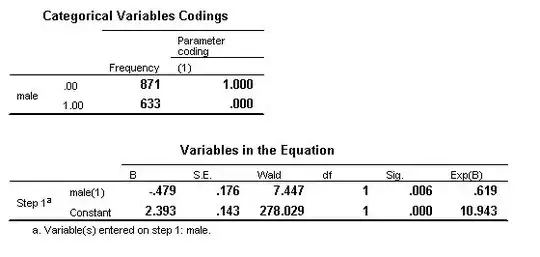STEP 1:  The relationship between IV (Prevention Focus) & MV (Perceived behavioural control) is significant (0.010) Beta -0.173
The relationship between IV (Prevention Focus) & MV (Perceived behavioural control) is significant (0.010) Beta -0.173
STEP 2:  The relationship between IV (Prevention focus) & DV (Entrepreneurial intention) is significant (0.03) but with negative Beta value. -0.146
The relationship between IV (Prevention focus) & DV (Entrepreneurial intention) is significant (0.03) but with negative Beta value. -0.146
STEP 3: Introducing Mediating variable in direct effect model
When MV ( Perceived behavioural control is introduced between IV
(Prevention Focus) & DV (Entrepreneurial intention) the relationship between IV & DV remains negative and becomes insignificant.However, now the beta value of Perceived behavioural control is positive and significant which I interpreted as full mediation 
STEP 4: Relation between Mediating variable BC and Dependent Variable Entrepreneurial intention.  I am following Baron & Kenny approach to find mediation.
I am following Baron & Kenny approach to find mediation.
How do I interpret this ?